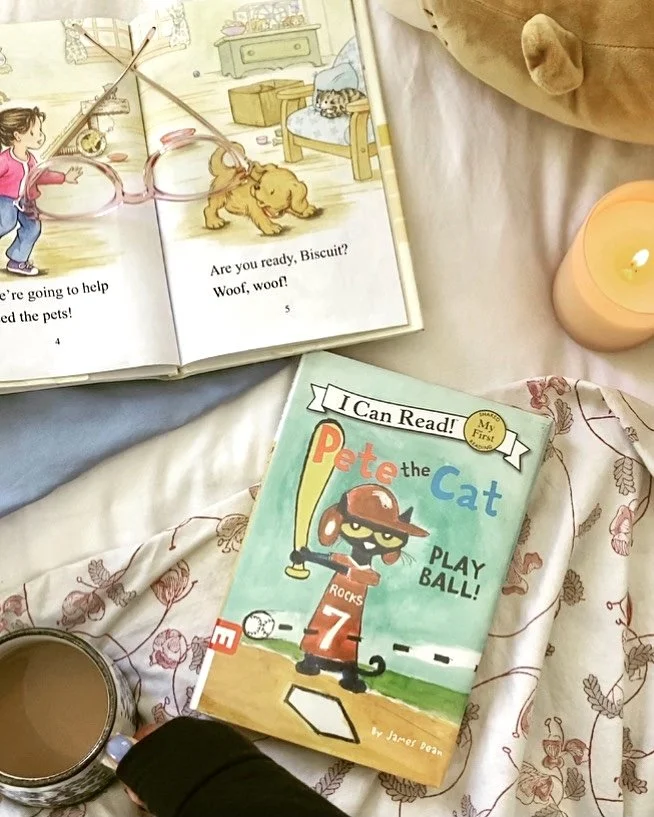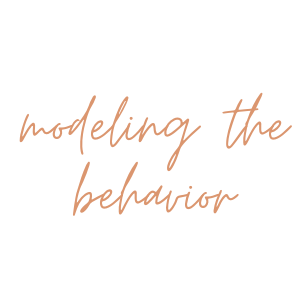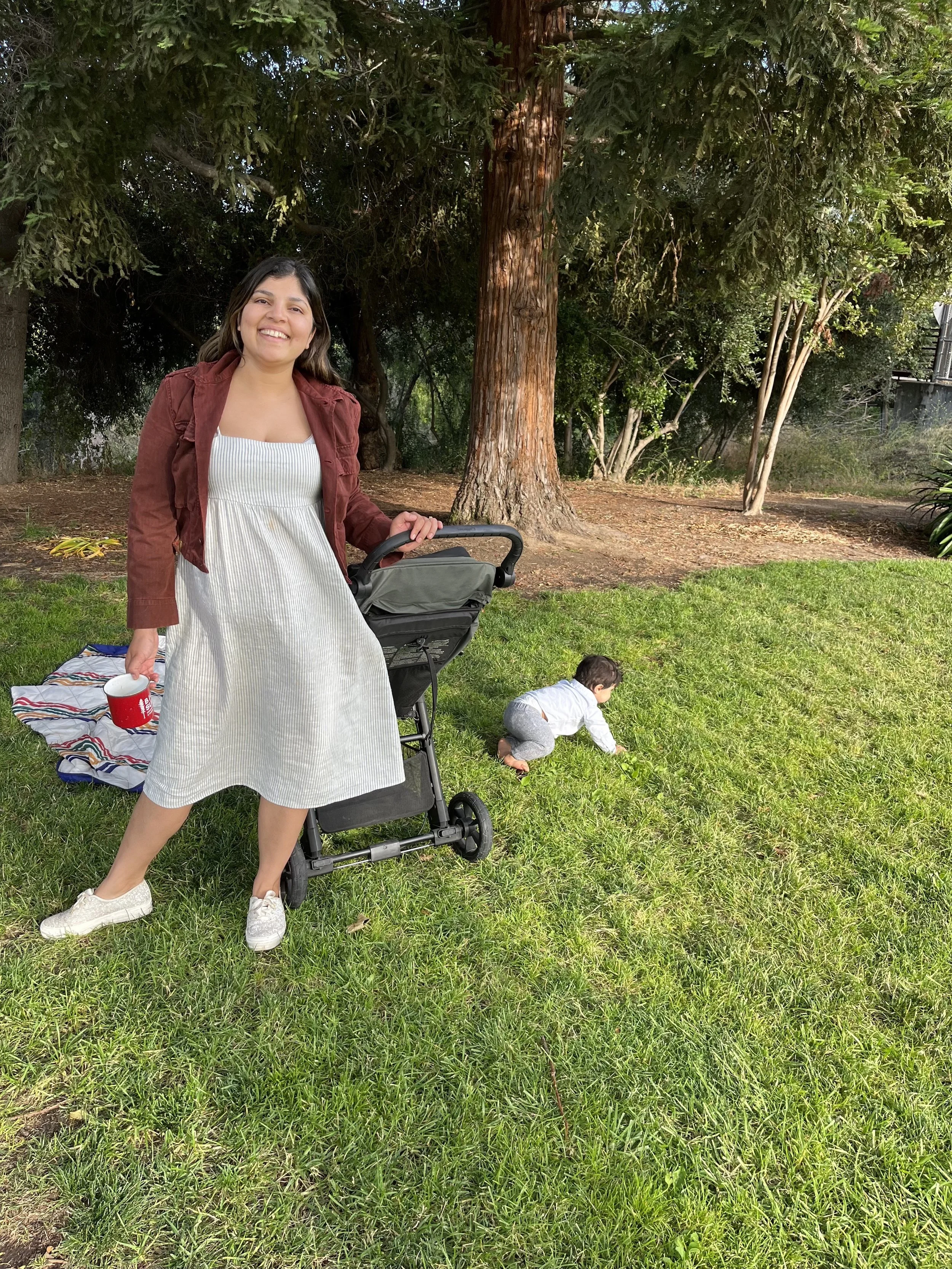Should I teach my toddler to read?
When baby Anand turned three months old, he was learning to laugh and touch his toes. One Wednesday, Anand I were doing a group stroller workout on Los Gatos Creek Trail. As I struggled to attempt a pull up a three year old cheered me on, “Go momma, go!” I realized, he KNOWS what it feels like to struggle. He’s constantly trying, failing and trying again. At three years old, he’s learning and growing so quickly. As a thirty year old postpartum mom, empathy and cheerleading help me as I become more mobile and learn how to run, jump and do a pull up again. If we want our kids to read and write better, we need to remember what it feels like to learn and to struggle. We need to show them empathy and be their cheerleaders.
Before a baby learns to crawl, they need to learn how to hold up their head. They also need to learn how to roll and track objects with their eyes. Before a child learns to read they need to be read to, they need to speak, they need to develop their vocabulary and they need to be able to recognize letter names and sounds. Before a child learns to write they need to develop gross and fine motor skills. They need to strengthen and control their fingers. They need to be able to grip a spoon. They need to be able to grip a marker or crayon and draw shapes and lines.
Toddlers can learn to read and write.
However, sitting at a desk and reading a book or writing with a pencil isn’t the most developmentally appropriate activity for toddlers. Based on my experience in early childhood education I would focus on pre-reading and pre-writing skills with your toddler. Pre-reading and pre-writing skills take years to develop. They can be developed through open play, singing songs, helping family members with tasks around the house and spending time in nature.
The youngest Playgrounders are three years old. If you want to teach your three year old or four year old to read, sign up for Foundations. I’ll develop a developmentally appropriate, engaging and structured program for them!
PRE-WRITING ACTIVITIES
Art activities that involve cutting and painting
Drawing shapes and lines
Ball throwing games
Scooping and pouring using a sandbox, sensory bin, or cooking ingredients.
Tracing sandpaper letters
Use your hand to guide your child’s finger as they write their name in salt or sand.
PRE-READING ACTIVITIES
Read bedtime stories to your child
Talk about the books you read together
Teach your child letter names and sounds in a developmentally appropriate way (e.g. through songs, building the letters out of play dough, coloring in the letters as you say the sound they make)
At night, I fall asleep as soon as my head hits the pillow. When I have down time I find myself scrolling, napping or doing something on our growing to manifest list.
As a new mom it’s harder to wind down with a book than it was before. As a teacher, I push moms, dads and caretakers to model the behavior they want to see in their children. I ask them to nurture their own love of reading by regularly browsing for books and reading those books at home, in front of their children.
This week, I’ll try my best to practice what I preach and read every night. The book I’ve chosen for myself is festive memoir, A Christmas Story by Truman Capote. The last time I read a book by Truman Capote was in high school, In Cold Blood. Once I picked it up I couldn’t put it down. It was about a journalist, a brutal murder and a chilling trial. Capote’s writing style is addictive. I’m excited to get back to reading in an intentional, habitual way with A Christmas Story.
Talk to you soon,
Literacy Specialist Mohini



